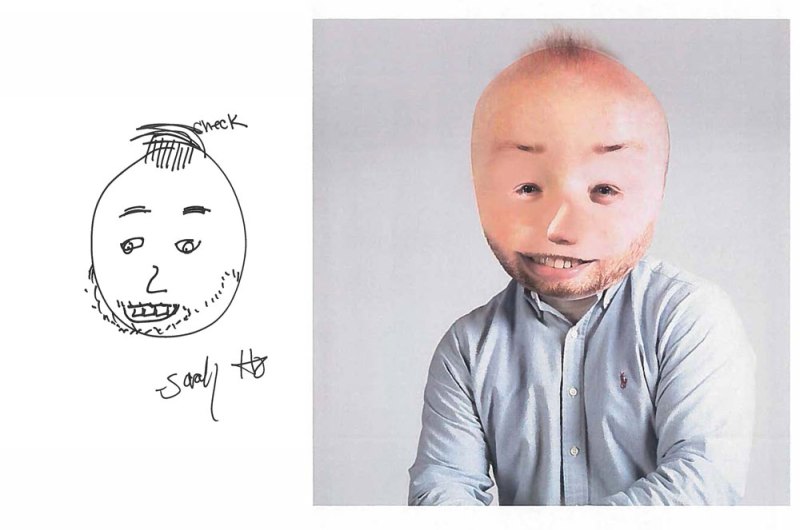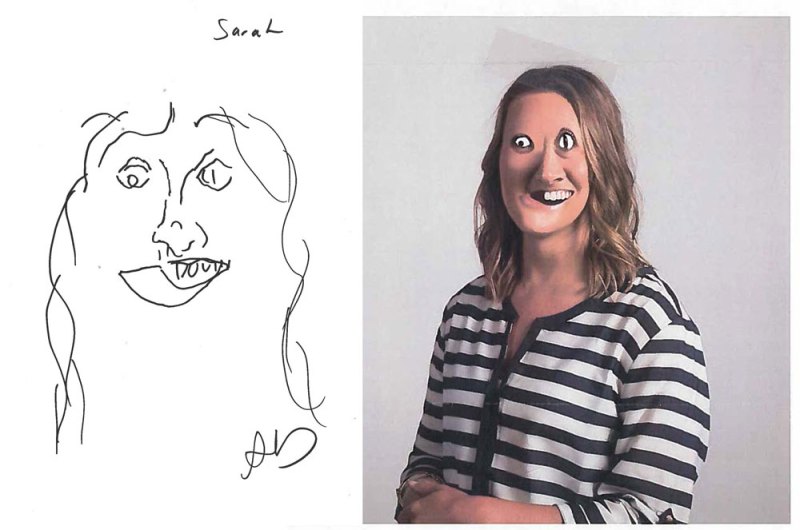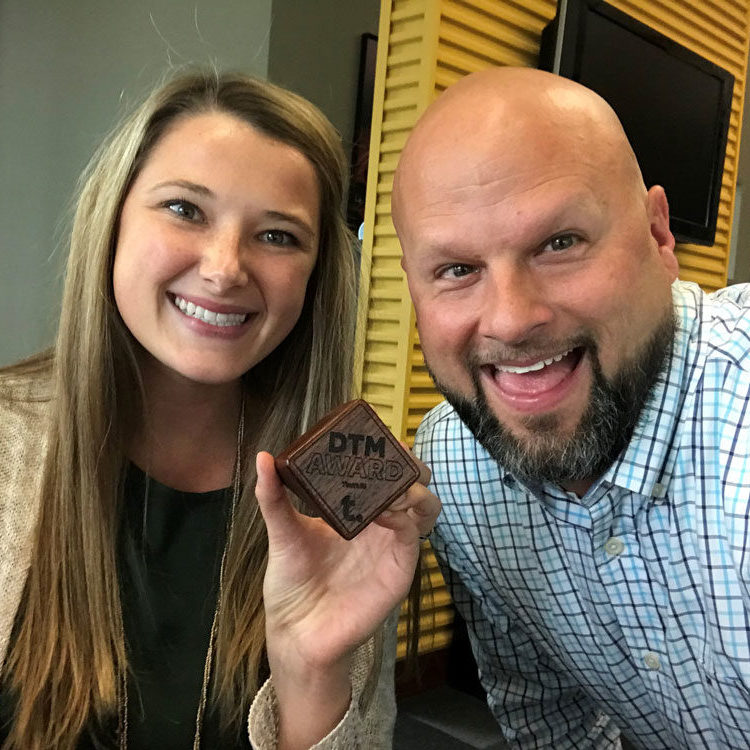Design Team Meetings: A Year in Review
By Abby Dean, Sr. Graphic Designer
In a busy design studio with deadlines always looming, it can be challenging to find time to keep learning new skills and sharing ideas that are not project-related. At Tekna, we recognize how important it is to stay connected and inspired outside of our daily workflow, so we’ve built in an hour of design team meetings every week that celebrates creativity and exploring together as a team.
The weekly platform is hosted by different designers on a topic of their choosing. The informal sessions range from drawing games to building competitions, to group discussions about ground-breaking technologies and cultural phenomena, to presentations on personal hobby projects.
While we look forward to and enjoy all our weekly get-togethers, here are a few standouts from the past year…
Charley Harper Blind Drawing Design Team Meeting
Charley Harper (1922-2007) was a Midwestern visual artist and naturalist whose prints and illustrations depict wild animals in their native habitats with boldly colored shapes and patterns.
Exercise: breaking the larger group into pairs of “describers” and “drawers,” the two participants sit back to back where one describes a Harper print and the other (without looking at the print) draws what is being described. The “drawer” can also ask the “describer” questions. We were super excited by how close our blind drawings came to the real thing in just 10 minutes!

Sidenote: if you’re wondering about the material scraps around our necks, we kicked off the meeting with a teambuilding “icebreaker.” Standing together in a group, we formed a circle with a single rope that we each held. Once situated, we were asked to transform our large rope circle into a perfect square—while blindfolded!
Blind Team Portraits
Not all of our Design Team Meetings (DTMs) focus on drawing skills, but as industrial, UI, and graphic designers, it’s one of our go-to themes. Piggybacking off the Charley Harper blind drawing exercise, we sat across from a team member and drew their portrait—while not looking at the paper.

Later, we translated the portraits into matching collages using official team headshots.










Collaborative/Unconventional Drawing Games
At another DTM, we put our drawing chops to the test in four different exercises:
Exercise 1: while using a camera phone as a mirror, a team member draws their own head and hair on a blank piece of paper. Passing the paper to the left, the person next to the original artist draws their own eyes on the original head-and-hair drawing. The person to their left will draw their own nose. The final person will draw their mouth. The result will be a self-portrait compilation of four different people.

Exercise 2: draw an animal on a paper plate while holding the plate above your head.

Exercise 3: draw a product without using your hands. You can use your elbows, mouth, etc.
Exercise 4: scribble on a piece of paper, pass the paper to your left. The person on your left creates an object from that scribble.

Nanobot Challenge
Background: nanobots are theoretical microscopic robots that can execute tasks at the atomic, molecular, and cellular level. Assuming an ability to self-replicate into millions of tiny helpers, they have the potential to revolutionize nearly any industry.
Exercise: the full team brainstormed on fun things nanobots might do, eventually landing on the theme “nanobot rose-colored glasses” to explore further. Splitting into smaller teams, each group proposed a unique solution around how to implement or use rose-colored glasses. In the end, we voted on the best concept and awarded a handmade DTM plaque for nanobot “contact lenses” that improved the appeal of a user’s surroundings by enhancing what is already good (e.g., lighting or lushness of a landscape) and concealing what is bad (e.g., garbage or decay). Our runner-up concept, nanobots for children’s hospitals, would help diminish fear and promote comfort by transforming stark patient rooms into kid-friendly spaces with custom scenery (underwater seascape, castle, outer space, etc.).


The Power of Touch
In September, the annual MIX Design Day event held at the Kalamazoo Institute of the Arts focused on using the senses to create. Our Industrial Design Manager Ben Purrenhage presented to attendees about how texture can be used to impact behavior and evoke a desired response. Later in the week, he shared deeper insights and research on his presentation with our team, opening the table to a group discussion on the many ways we can incorporate touch into our designs beyond screen technology alone.

These are just a few examples that showcase the breadth and spirit of our DTMs. We would love to hear how you and your team stay inspired at the workplace. Engage with us in the comments section of this post and be sure to follow us on Instagram to see what we’ve been up to!







